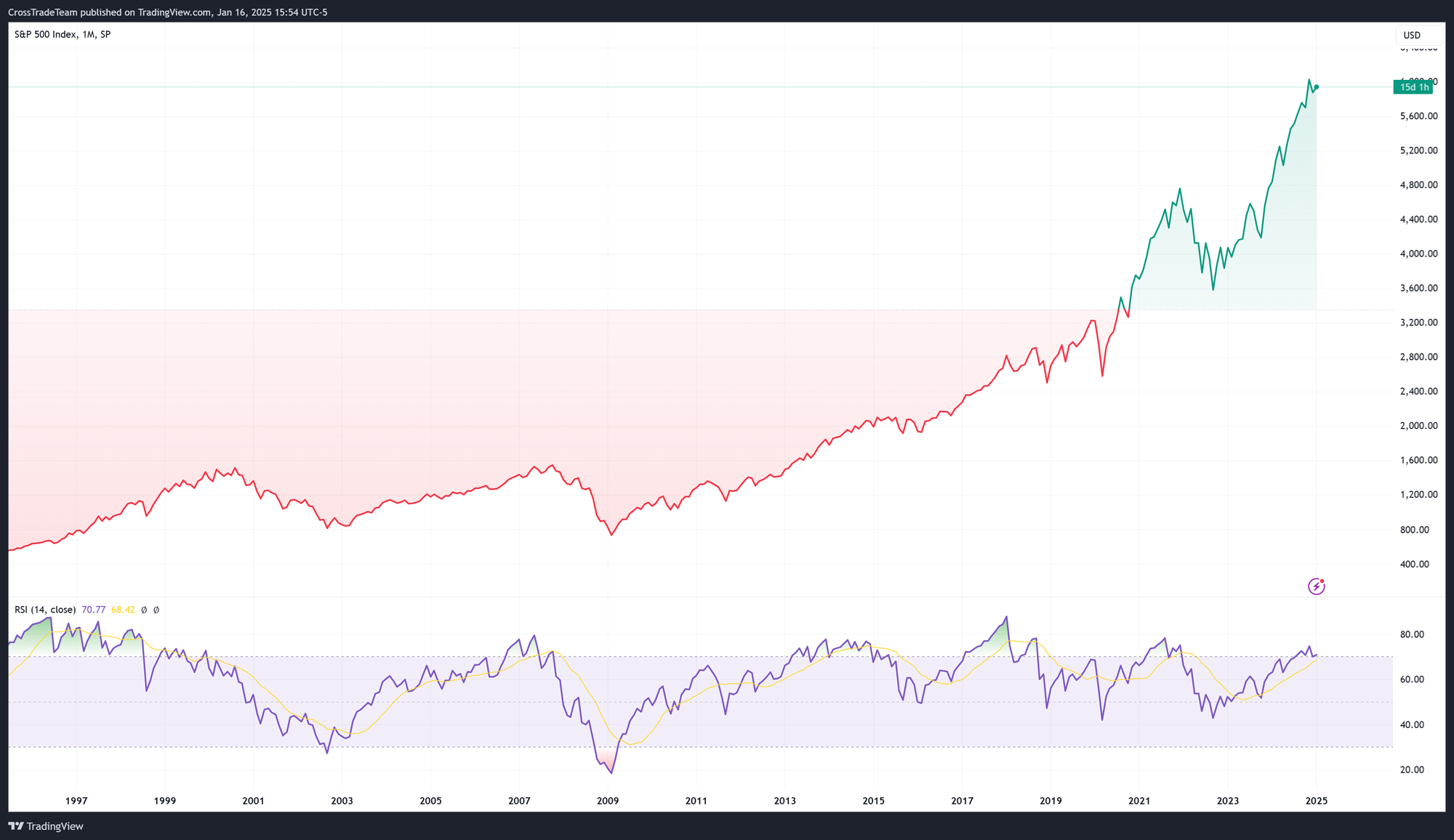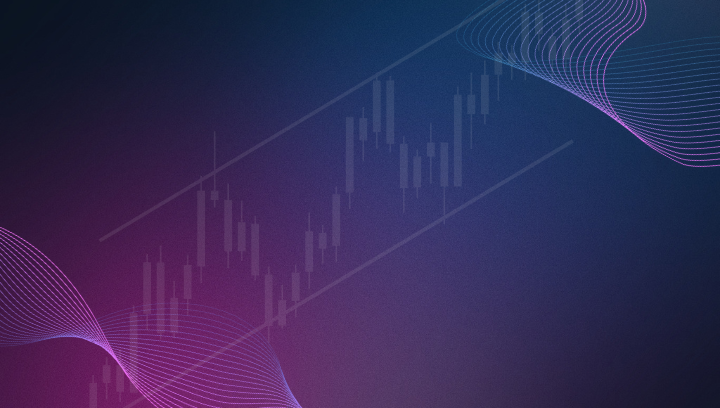Why 2025 Will Be the Year Retail Traders Fully Adopt Futures
With their flexibility, leverage, and straightforward pricing, futures are positioned to dominate the retail trading space in 2025.

As stocks become increasingly expensive, retail traders are looking for more accessible ways to leverage their capital. At the same time, many are finding options trading too complex and difficult to trade profitably. Futures—particularly micro and mini contracts—are filling this gap, offering affordability, leverage, and simplicity. Here's why futures will dominate the retail trading landscape in 2025.
1. Stocks Are Becoming Prohibitively Expensive
With stock prices soaring, retail traders are finding it harder to build diversified portfolios without significant capital. For example, high-priced stocks like Amazon, Tesla, and Apple have become out of reach for many smaller investors, pushing them to explore alternatives. Futures offer a solution by providing exposure to a wide variety of assets, including major equity indices, commodities, and currencies, without requiring the trader to purchase the underlying asset outright.

Micro futures contracts have become especially popular among retail traders. A Micro E-mini S&P 500 contract offers exposure to the S&P 500 index with a notional value of just $22,000—significantly lower than the $220,000 for a traditional E-mini contract. This makes it much easier for retail traders to participate in the futures market and manage risk with smaller positions.
2. The Appeal of Mini and Micro Contracts
The introduction of mini and micro contracts has revolutionized access to futures trading. These smaller-sized contracts, such as the Micro E-mini series, allow retail traders to trade major indexes like the S&P 500, Nasdaq-100, and Dow Jones with much smaller financial commitments. These micro contracts have driven explosive growth in futures trading volume. By 2021, Micro E-mini contracts were averaging over 2 million trades per day, a trend that is expected to continue growing into 2025 as traders seek more manageable exposure to the market.
Moreover, these contracts enable traders to scale in and out of positions with greater flexibility. As Bob Iaccino, Chief Market Strategist of Path Trading Partners, explains:
“Micros allow you to take advantage on a more detailed level and give you the flexibility to scale in and out of positions with greater precision.”
This flexibility is a major reason why retail traders are increasingly gravitating toward futures instead of traditional equities or options.
3. Complexity of Options Trading
While options trading gained popularity in recent years, many retail traders are starting to recognize the inherent complexities that make it difficult to trade profitably. Understanding the Greeks—delta, gamma, theta, and vega—is challenging, and the nuanced management of options contracts can often lead to frustration. Issues like wide bid-ask spreads, poor fills, and the constraints of the Pattern Day Trader (PDT) rule have added to the difficulties.
Although zero-day-to-expiration (0DTE) options are still popular for high-frequency trading, broader options trading is losing appeal. In contrast, futures offer straightforward trading mechanics, tight spreads, and simpler pricing structures. Futures also do not fall under the PDT rule, which means traders can engage in short-term trades without the restriction of maintaining a $25,000 minimum account balance. This flexibility gives futures an edge over options, especially for traders focused on active strategies.
4. Platform Enhancements and Industry Changes Driving Futures Adoption
One of the most significant shifts in 2024 was the rapid evolution of trading platforms catering to futures. For instance, Robinhood launched its 'Legend' desktop platform in late 2024, bringing futures and index options trading to its app. This democratized access to futures markets, offering retail traders exposure to instruments like the S&P 500 index, oil, and Bitcoin futures with lower fees and competitive spreads.
Similarly, the FMX Futures Exchange launched in 2024 to challenge industry giants like CME Group. This introduction of new exchanges not only fosters competition but also promises innovations in contract design and pricing. These advancements are expected to catalyze the shift of retail traders toward futures markets in 2025.
5. Futures Offer Diversified Market Access
One of the primary advantages of futures trading is the ability to access a wide variety of markets beyond traditional stocks. Retail traders can gain exposure to commodities like gold and oil, currencies, and even cryptocurrencies through futures contracts. For example, CME Group introduced Micro Bitcoin futures in response to the growing interest in cryptocurrencies. Within the first two months of trading, over 1 million Micro Bitcoin contracts were traded.
Global regulatory changes are also making futures more accessible. In 2024, India’s SEBI raised position limits for futures and options trading members, signaling a broader global push for more inclusive access to derivative markets. Such trends demonstrate a worldwide recognition of futures as a vital trading tool for retail investors.
6. Technological Innovation Enhancing Retail Participation
Technological advancements are playing a pivotal role in the growth of futures markets. AI-powered analytics and machine learning tools have become integral to many trading platforms, offering retail traders insights and strategies once reserved for institutional investors. These innovations enhance decision-making and risk management, making futures trading more approachable and effective for individuals.
Final Thoughts: Futures as the Future of Retail Trading
As stocks become more expensive and options more complex, futures provide a compelling alternative for retail traders. The rise of micro and mini futures contracts has made these markets more accessible, while brokerages are responding to the demand by offering more futures products. Technological and regulatory advancements, coupled with platform innovation, are set to make 2025 a landmark year for retail traders transitioning into the futures market.
With their flexibility, leverage, and straightforward pricing, futures are positioned to dominate the retail trading space in 2025. Retail traders looking to maximize their capital, manage risk, and diversify portfolios are poised to benefit from these developments, cementing futures as the trading instrument of choice.


